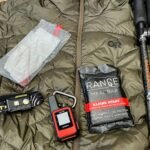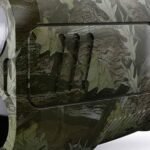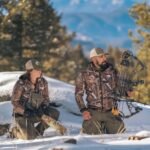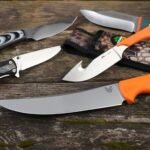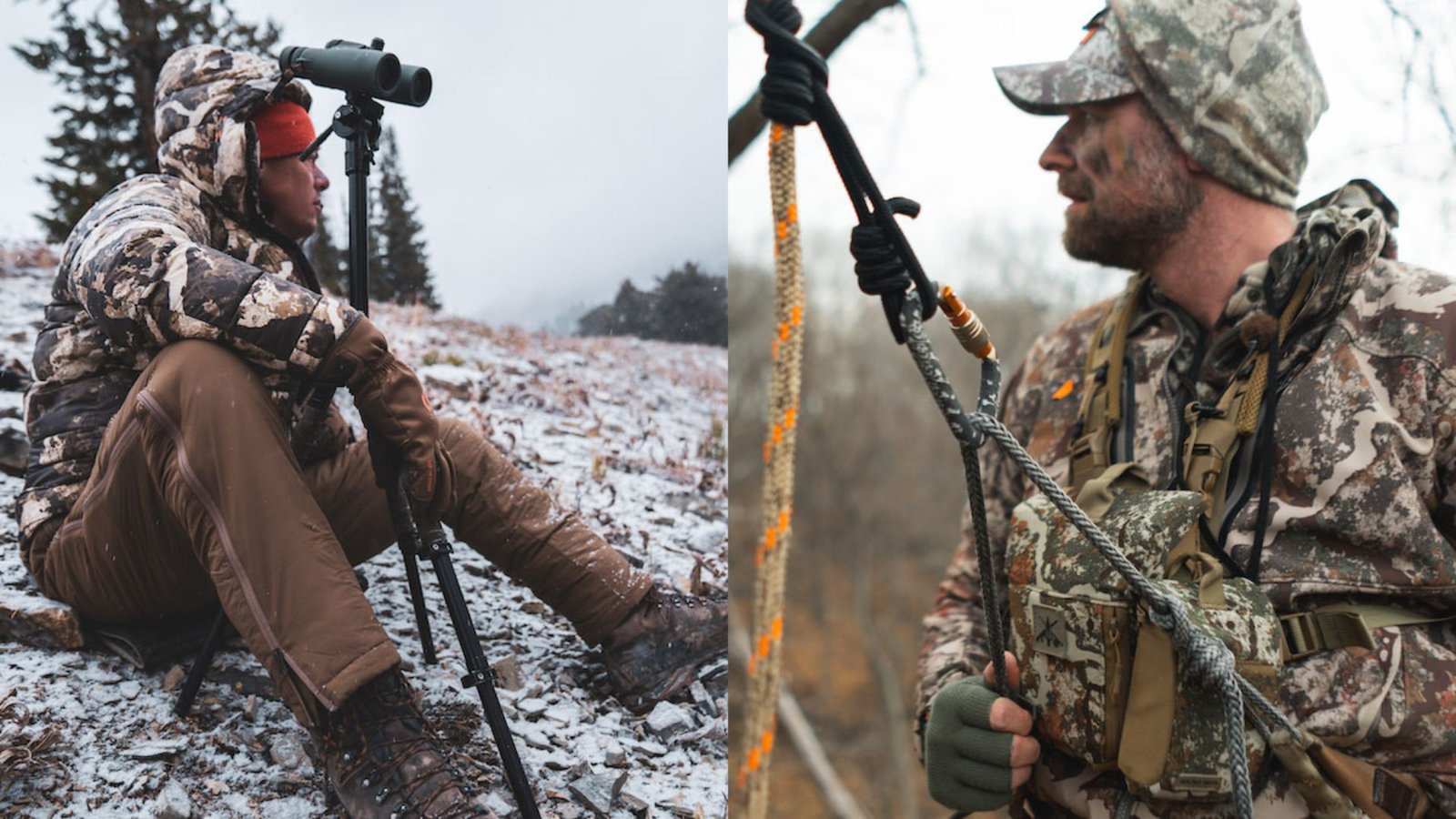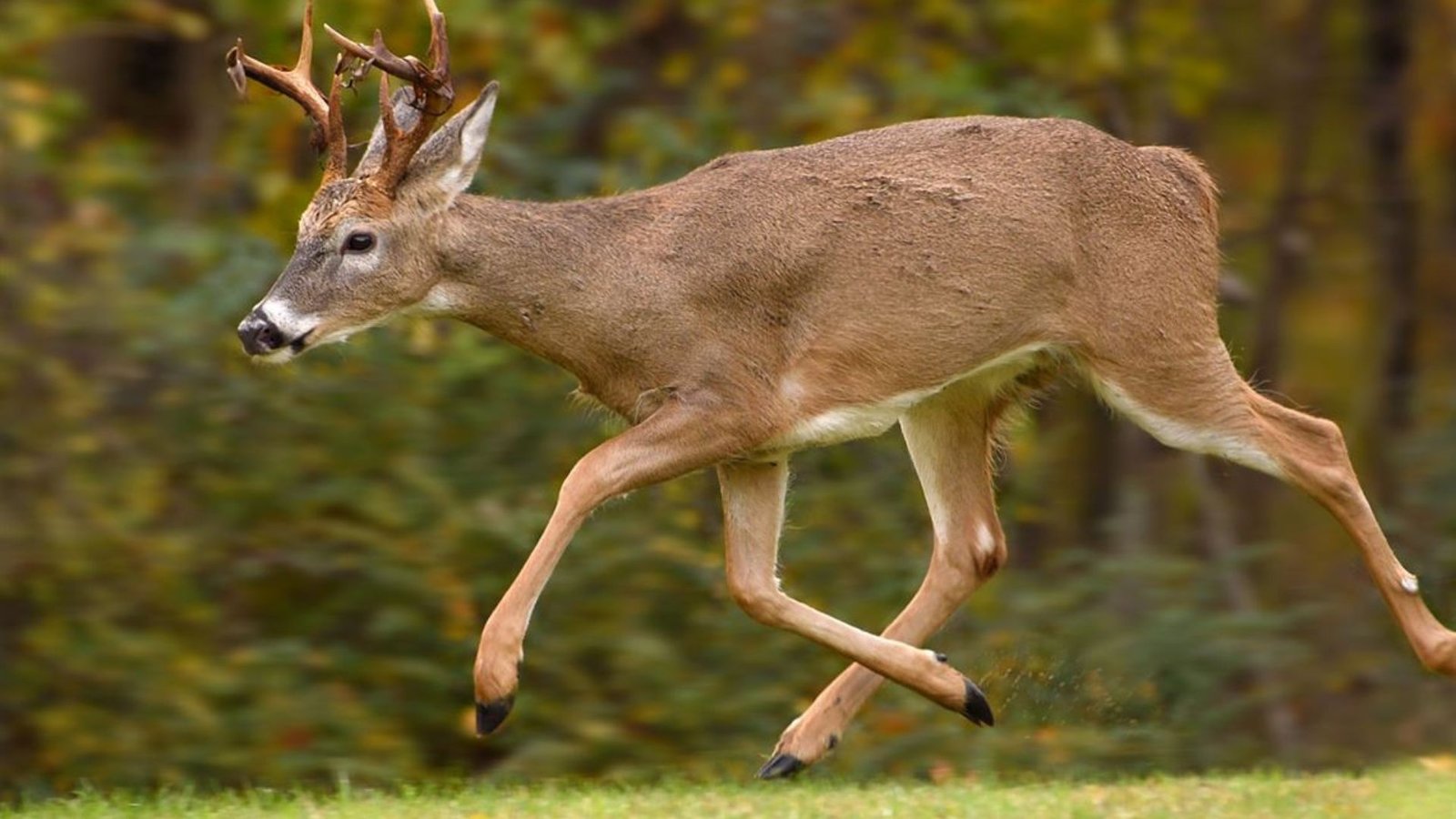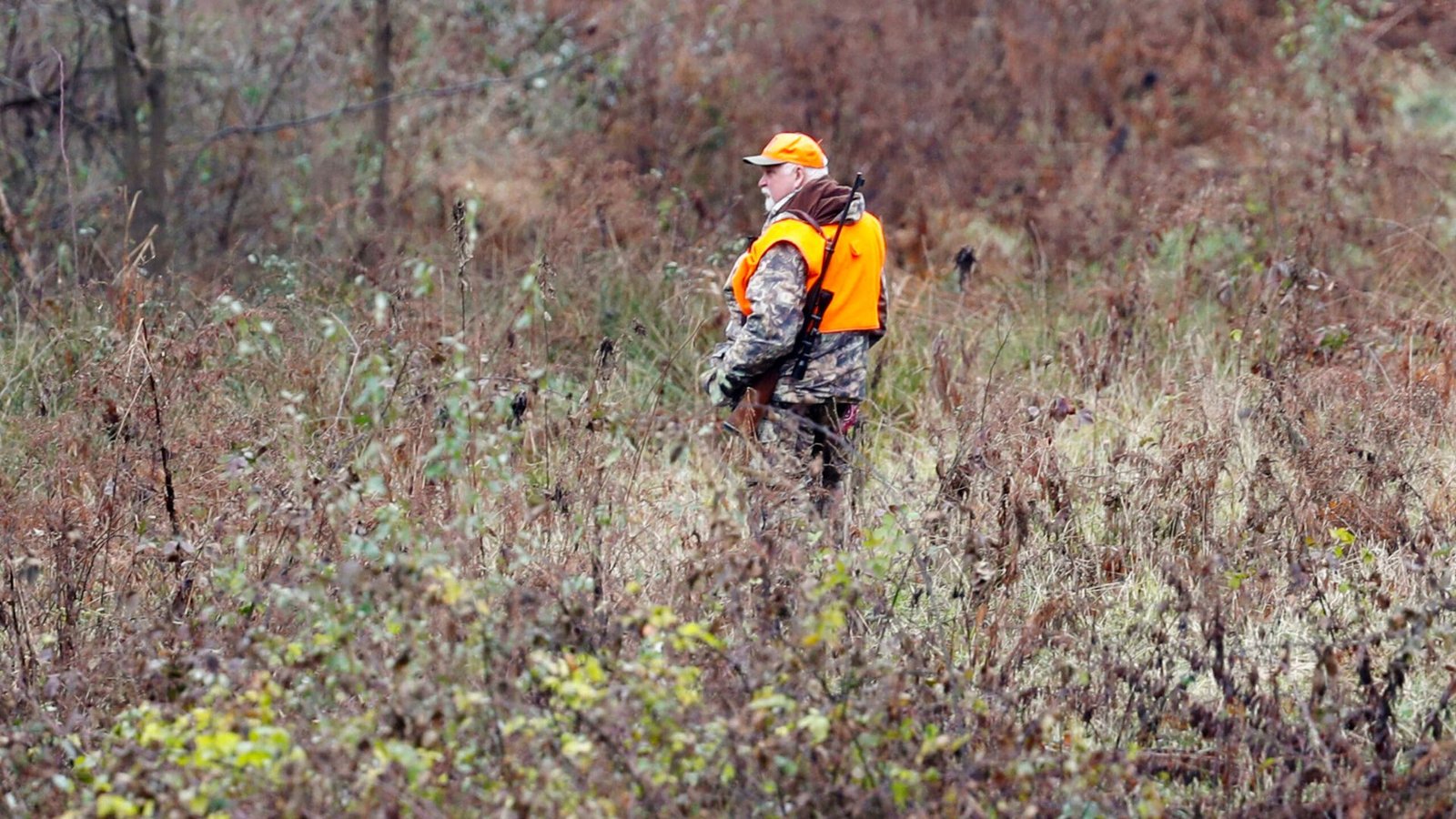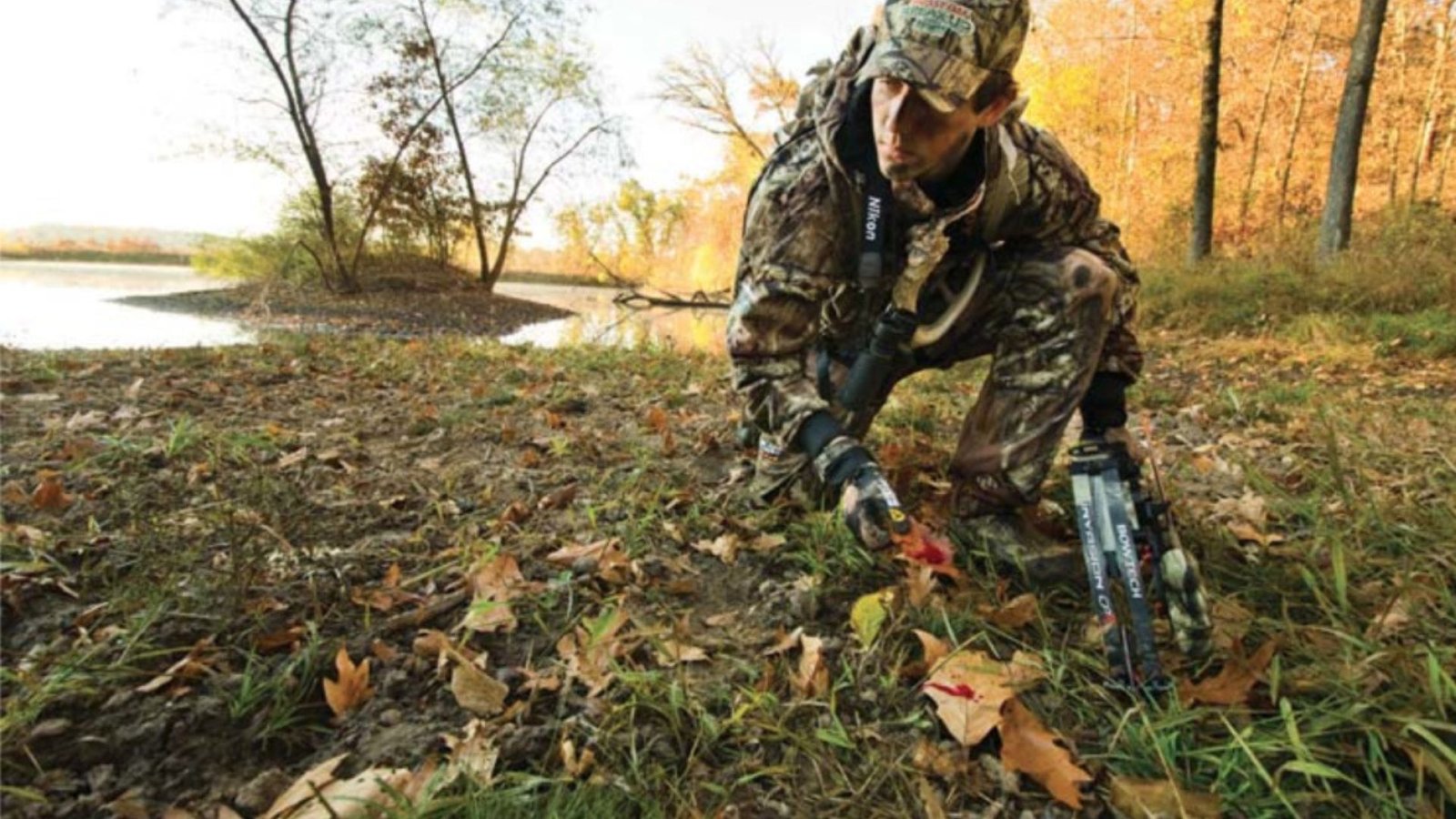Tracking deer in forests presents unique challenges due to dense cover, uneven terrain, and the variety of signs deer leave behind. However, forests also offer excellent opportunities for hunters who understand how to track effectively. Whether you’re a beginner or an experienced hunter, these tips will help you track deer in forests more efficiently and increase your chances of a successful hunt.
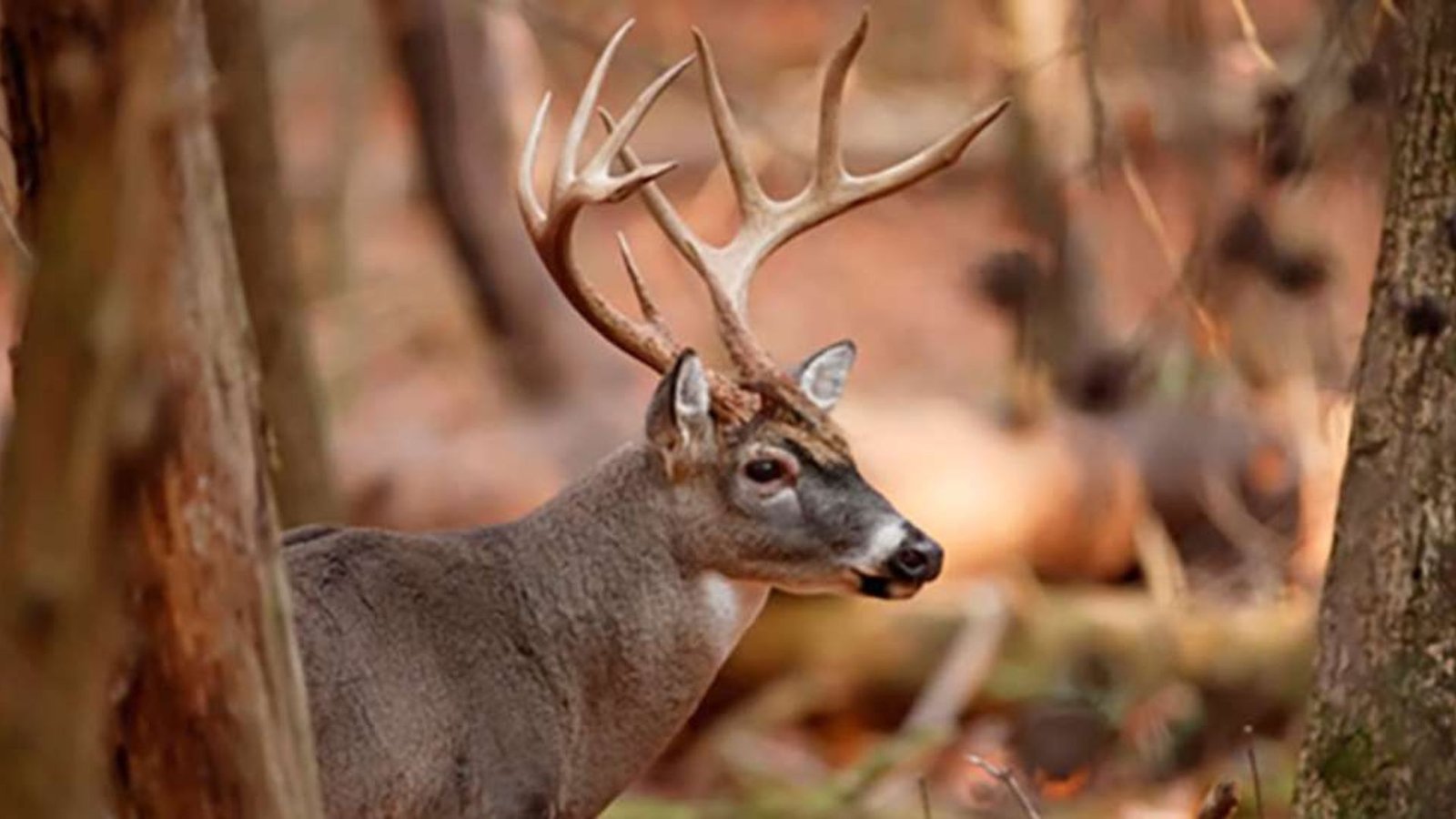
1. Look for Fresh Deer Tracks
One of the most important steps in tracking deer is identifying fresh tracks. In a forest, deer tracks can sometimes be difficult to spot because the ground is often covered with leaves, twigs, and other debris. However, if you pay attention to the details, you can find clear signs of deer movement.
- Track Size and Shape: Deer tracks are usually heart-shaped or oval, with two distinct hoof prints. The size of the tracks will vary depending on whether it’s a buck, doe, or fawn, but they typically measure around 2 to 4 inches wide. Fresh tracks are deeper and clearer, while older tracks will be more faint.
- Track Location: Look for tracks in soft soil, muddy patches, or areas where the snow has settled. These are the best places to spot fresh tracks.
By following fresh tracks, you can understand the direction the deer is moving and how long ago it passed through.
2. Pay Attention to Deer Trails
Deer often travel along established paths, especially in dense forests. These deer trails are worn down by constant use, making them easy to spot if you know where to look.
- Clear Trails: Look for well-worn trails that are free of grass or debris. These trails often lead to feeding areas, watering holes, or bedding areas.
- Trails in the Brush: In some cases, deer may use trails that wind through thick brush. These trails might not be as obvious, but they can still be found if you pay close attention to disturbed vegetation.
Following these trails can help you predict the deer’s movements and lead you closer to your target.
3. Understand Deer Behavior in Forests
Deer behavior is essential to successful tracking. In forests, deer move through different areas depending on the time of day, food availability, and the season. Understanding their behavior can give you important clues about where they might be headed.
- Feeding Behavior: Deer typically feed in the early morning or late afternoon. In forests, they may graze on plants, shrubs, or young trees. Look for signs of feeding, such as broken branches, chewed leaves, or pawed ground.
- Bedding Areas: During the day, deer often retreat to thicker cover in forests for rest. These bedding areas may include tall grass, dense brush, or the edges of thick tree lines. Look for flattened areas where deer have been lying down.
- Movement Patterns: Deer generally move from their bedding area to feeding areas and water sources. Knowing the forest’s layout will help you predict where deer are most likely to travel.
By observing deer behavior, you can focus your efforts on the areas where they’re most likely to be.
4. Use Wind Direction to Your Advantage
Deer rely heavily on their sense of smell to detect danger, so wind direction plays a key role in tracking. If you’re able to use the wind to your advantage, you’ll have a better chance of remaining undetected while following the deer.
- Stay Downwind: Always try to position yourself downwind of the deer’s potential path. This ensures that your scent is not carried towards the deer, allowing you to move more stealthily.
- Wind Shifts: Keep an eye on wind shifts, especially in forests where gusts can change direction quickly. Be prepared to adjust your position accordingly.
By understanding the wind’s role in tracking, you can move closer to the deer without alerting it to your presence.
5. Be Stealthy and Move Slowly
Deer are highly sensitive to movement and noise. In dense forests, where visibility is limited, it’s essential to be as stealthy as possible when tracking.
- Quiet Movement: Walk slowly and carefully to avoid making noise. Pay attention to where you step, as branches or leaves can create unwanted sounds. Try to step on soft ground or snow to reduce noise.
- Avoid Sudden Movements: Sudden movements can easily catch a deer’s attention. Move deliberately, scanning your surroundings regularly for signs of movement or tracks.
The more quietly and carefully you move, the better your chances of getting close to your target without spooking it.
6. Look for Additional Clues in the Forest
In addition to tracks, there are other signs that can help you track deer through a forest.
- Scrapes and Rubs: During the rut, bucks will create scrapes on the ground and rub their antlers against trees. These are signs that a buck has been in the area. Look for areas where tree bark has been rubbed off or small areas of disturbed ground.
- Droppings: Deer droppings can tell you a lot about their movements. Fresh droppings are moist and dark, while older droppings are dry and lighter in color. By examining the droppings, you can get a better idea of how recently the deer passed through.
- Foliage Damage: Deer often leave evidence of feeding in the forest, such as chewed leaves, bent branches, and stripped bark. These signs help you identify feeding areas and predict where deer may be foraging.
Recognizing these additional signs will provide you with more clues to track the deer effectively.
7. Use Tools to Assist in Tracking
While traditional tracking methods are essential, modern tools can greatly enhance your deer tracking skills.
- Trail Cameras: Setting up trail cameras in areas where you’ve seen fresh tracks or signs can give you valuable information about deer movement. Cameras can reveal the best times to track and provide insights into where the deer are heading.
- Binoculars: Binoculars can help you spot deer from a distance, especially in dense forest environments where deer may be hiding behind trees or brush. Use binoculars to scan the area without getting too close.
By using these tools, you can track deer more effectively and increase your chances of success.
8. Be Patient and Persistent
Tracking deer in forests often requires a great deal of patience. Forests are vast, and deer can easily move in and out of your line of sight. However, persistence pays off.
- Don’t Rush: Take your time when tracking. Moving too quickly may cause you to miss important signs or scare the deer away.
- Revisit Areas: If you lose the deer’s trail, don’t give up right away. Revisit areas you’ve already covered, as deer may circle back or take a different path.
With patience and persistence, you’ll improve your chances of successfully tracking and finding your deer.
Conclusion
Tracking deer in forests can be a challenging but rewarding experience. By following these expert tips, such as paying attention to fresh tracks, understanding deer behavior, using the wind to your advantage, and moving stealthily, you’ll greatly improve your chances of success. Remember to be patient and persistent, and use tools like trail cameras and binoculars to help you along the way. With practice, you’ll become a more skilled deer tracker and enjoy more successful hunts in the forest. Happy tracking!



